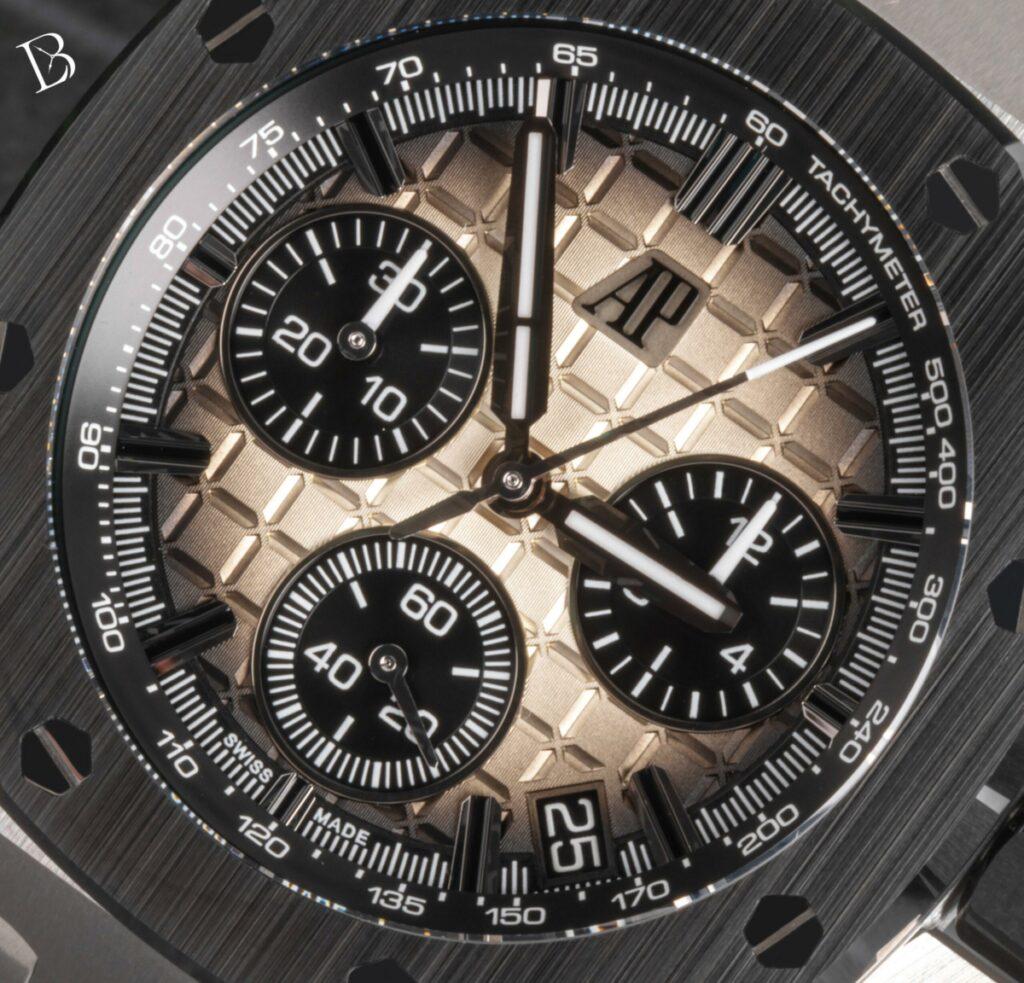
It was, amusingly, the exact amount of money I had to my name when I arrived in America from England, five years earlier. I visited a vintage watch store in West Hollywood called Wanna Buy a Watch, where I nervously counted $5,500 in cash on to the counter. some will be motivated to take the cash.” This temptation has increased as the market value of Rolex watches ballooned.īack in 2015, I purchased my own Rolex, a diver’s model called a Submariner, to commemorate a work-related windfall. “Because if the dealer can get a few thousand dollars in cash on the side, versus you walking in willing to pay retail . . . “There are watches that are selling for 10 times retail on the secondary market . . . That’s part of why it’s so hard for you to get that watch for your wife,” he tells me. He says the current demand for the Swiss company’s watches is unprecedented.


“I don’t think it’s a supply chain issue,” says Eric Wind, a vintage watch dealer and widely respected Rolex authority. “The reality is that our current production can simply not meet existing demand, at least not without reducing the quality of our watches - something we refuse to do . . . Rolex watches are sold exclusively by official retailers, and they independently manage the allocation of their watches to their customers.” Yet, if production numbers estimated by Morgan Stanley are correct, Rolex made an estimated 1.05mn watches in 2021. “The scarcity of our products is not a strategy on our part,” Rolex says. © Sophie Gladstone | Brooke Coleman/Hired Hands Models In the 1960s Fidel Castro wore two at once. For decades the Rolex watch has remained the ultimate status symbol - one in plentiful supply. The foundation is named after Hans Wilsdorf, an orphan who founded Rolex in 1905 and established the foundation 40 years later. Rolex timepieces generate more than $8.6bn in sales annually, but the brand belongs to the Wilsdorf Foundation, which funnels its profits to worthy causes and the arts. The inner workings of the Rolex company are cloaked in mystery, much like the complicated movements of its watches, which are invisible to the wearer. And could I buy my wife a watch there before her birthday in May? “Then grey market dealers buy them all up and sell them at a premium.” What was this grey market, I wondered. “Rolex produces a million watches a year,” wrote one follower.

I scrolled through Rolex’s Instagram account and found the comments section festering in conspiracy. The store looked like a gang of ram raiders had just left and, when I found the same thing at other boutiques, something didn’t feel right. They didn’t have any Rolex watches at all. They didn’t have any Oyster Perpetuals, he said with a shrug. So I popped down to my nearest authorised dealer to pick one up.Īt Ben Bridge Jeweler in a mall in Thousand Oaks, California, I found only empty cabinets and an apologetic salesperson. It seemed like Rolex had spent millions marketing this $5,800 watch directly to us. On the day we left the city for a new life in the suburbs, the Oyster Perpetual, a stainless steel miracle of horology, watched us drive past from a freeway billboard. And on Instagram, #perpetual was unavoidable. Television commercials for the same model interrupted the Australian Open. Its handsome blue face stared out from our favourite glossy magazines. For months, it felt like the Rolex Oyster Perpetual had been following us. Her 33rd birthday was approaching, and I needed a gift befitting a woman who in the past two years had not only changed career, but given birth in a pandemic-ravaged hospital and raised a child during violent protests near our home in Los Angeles.

In April, I decided to buy my wife a Rolex. We’ll send you a myFT Daily Digest email rounding up the latest Luxury goods news every morning.


 0 kommentar(er)
0 kommentar(er)
